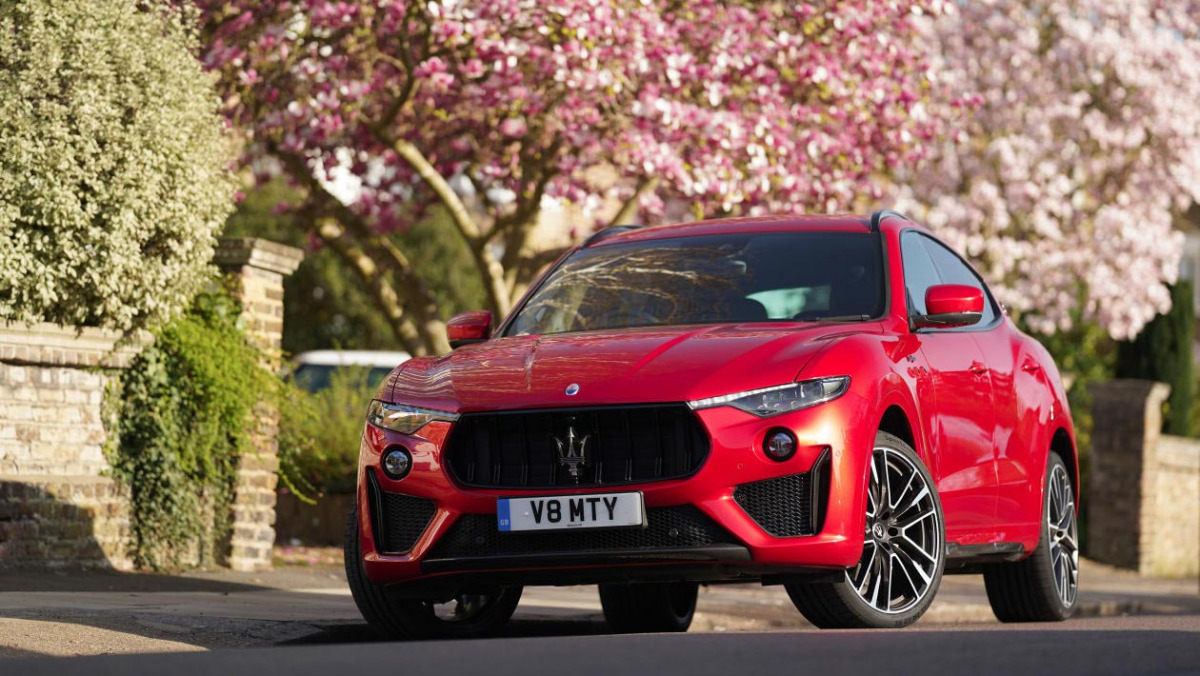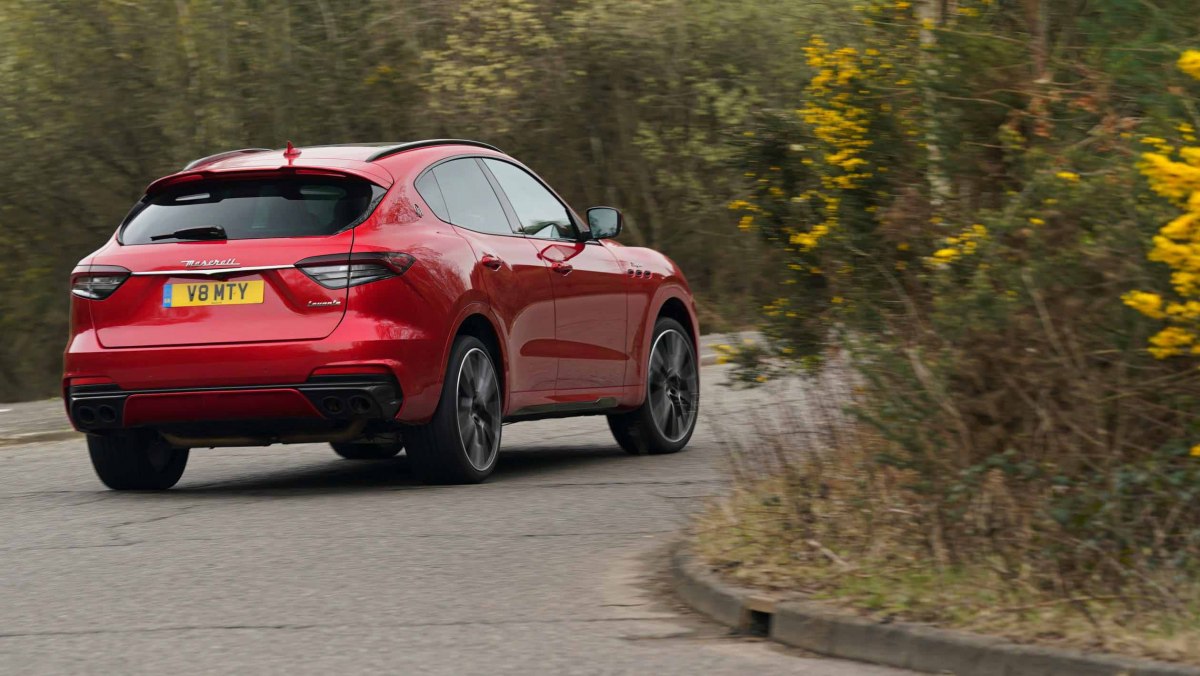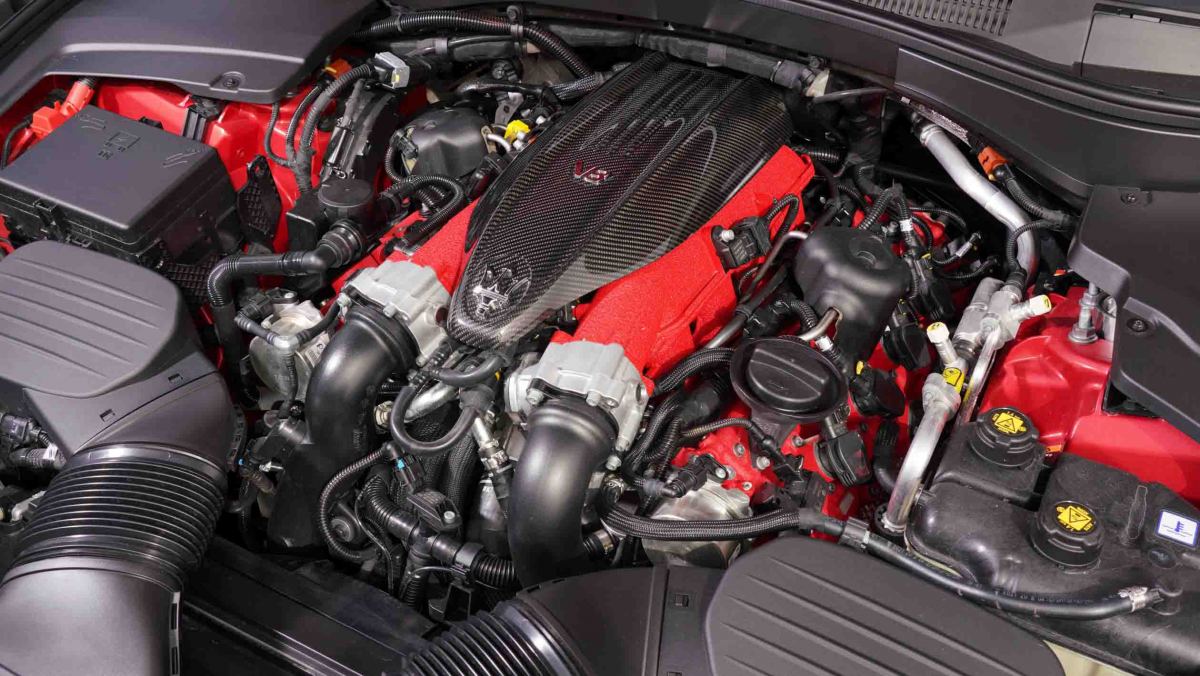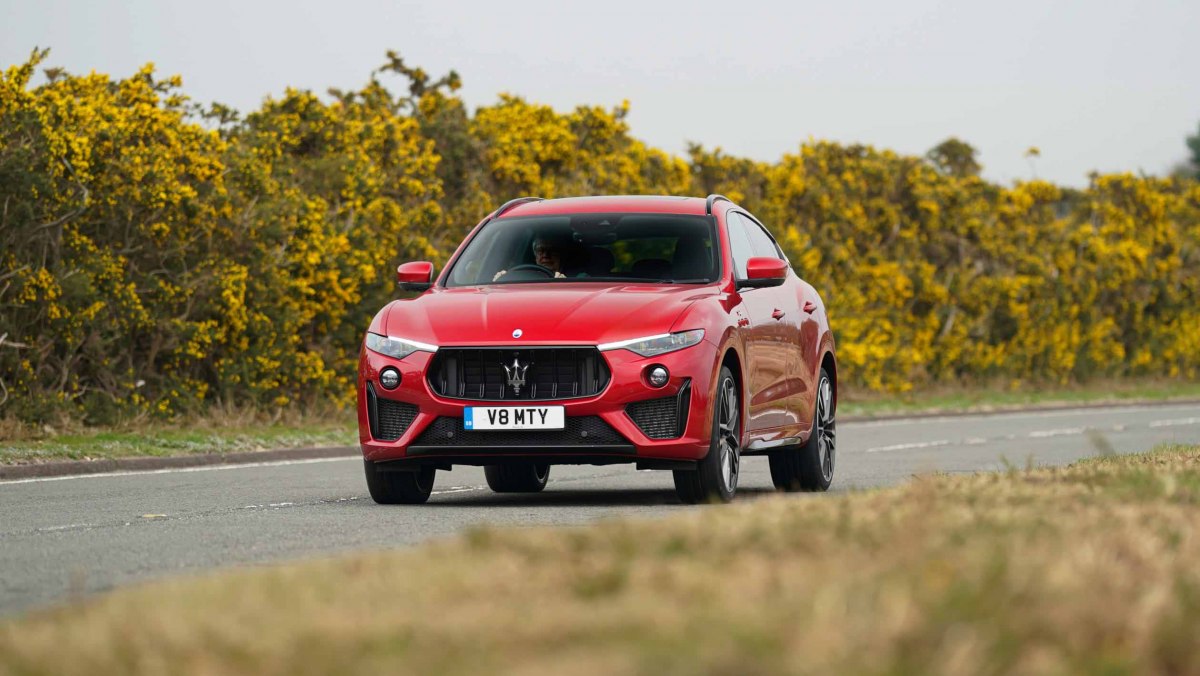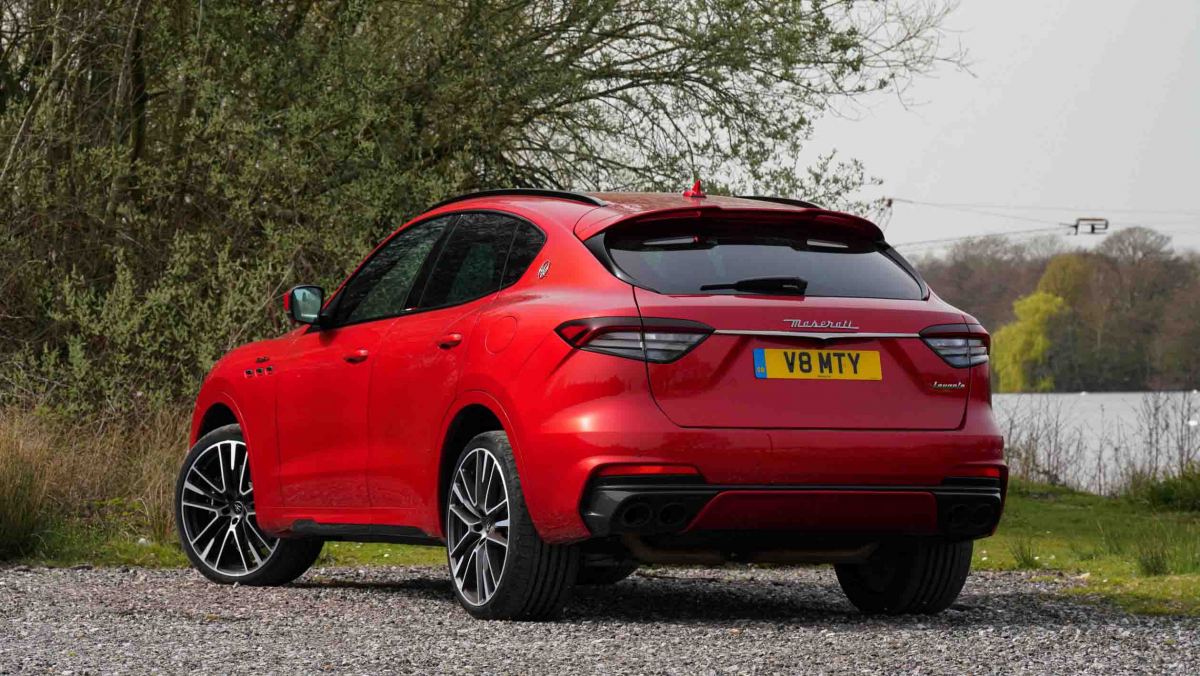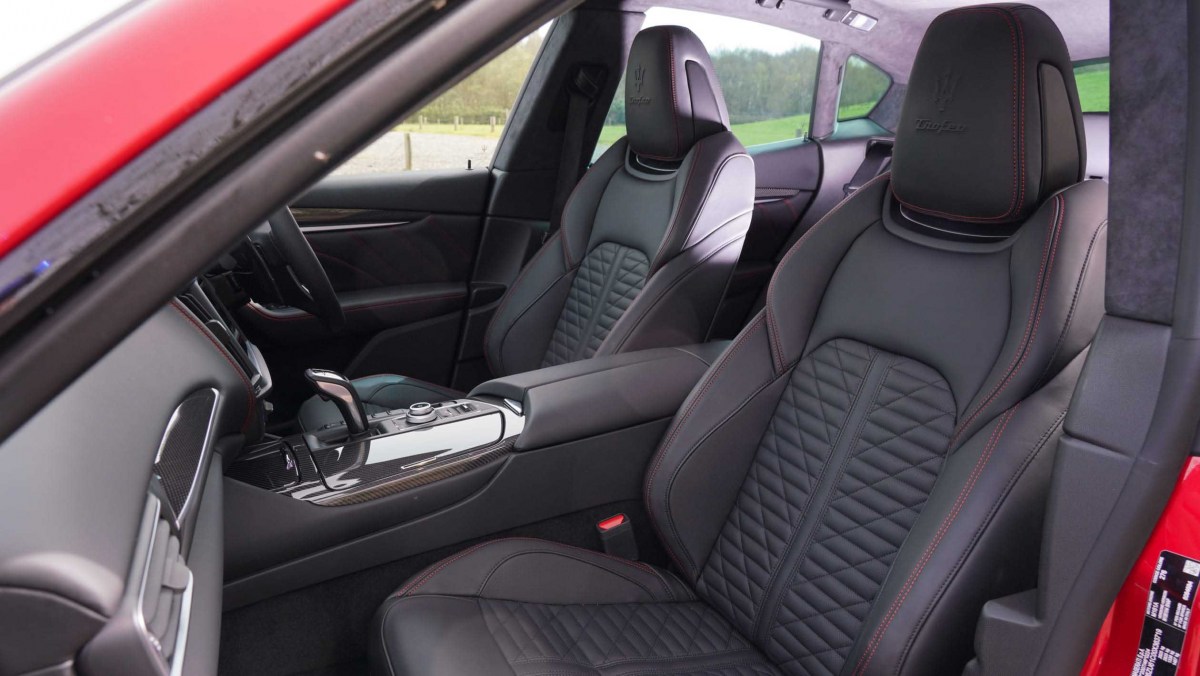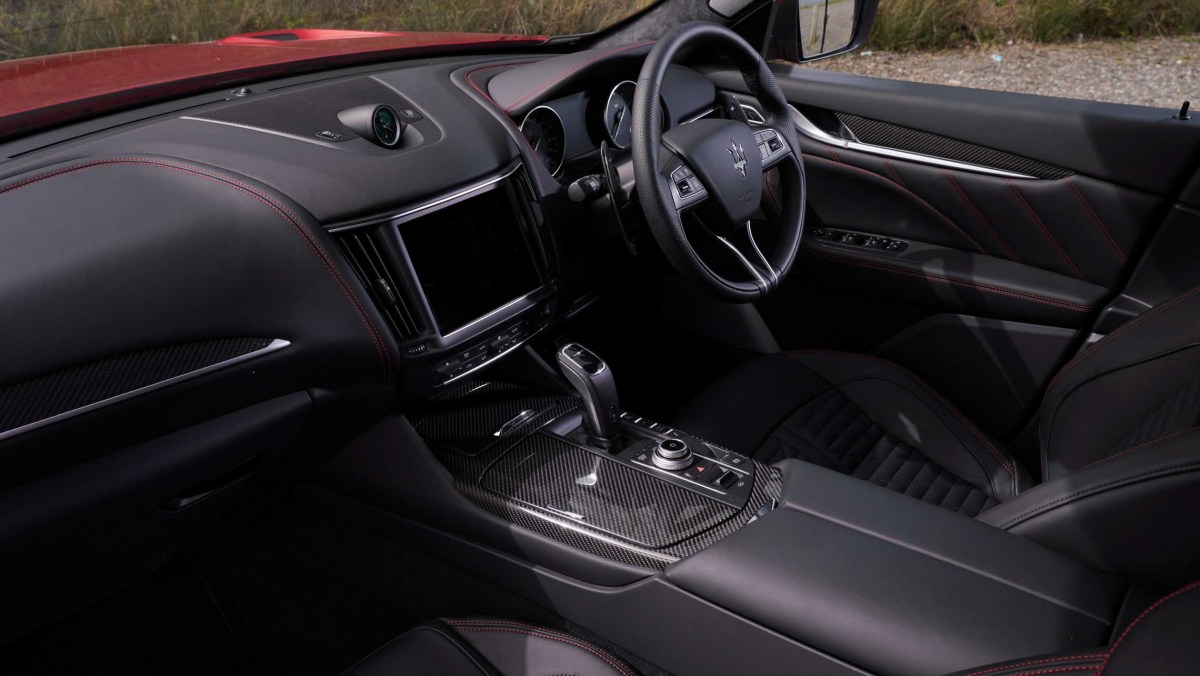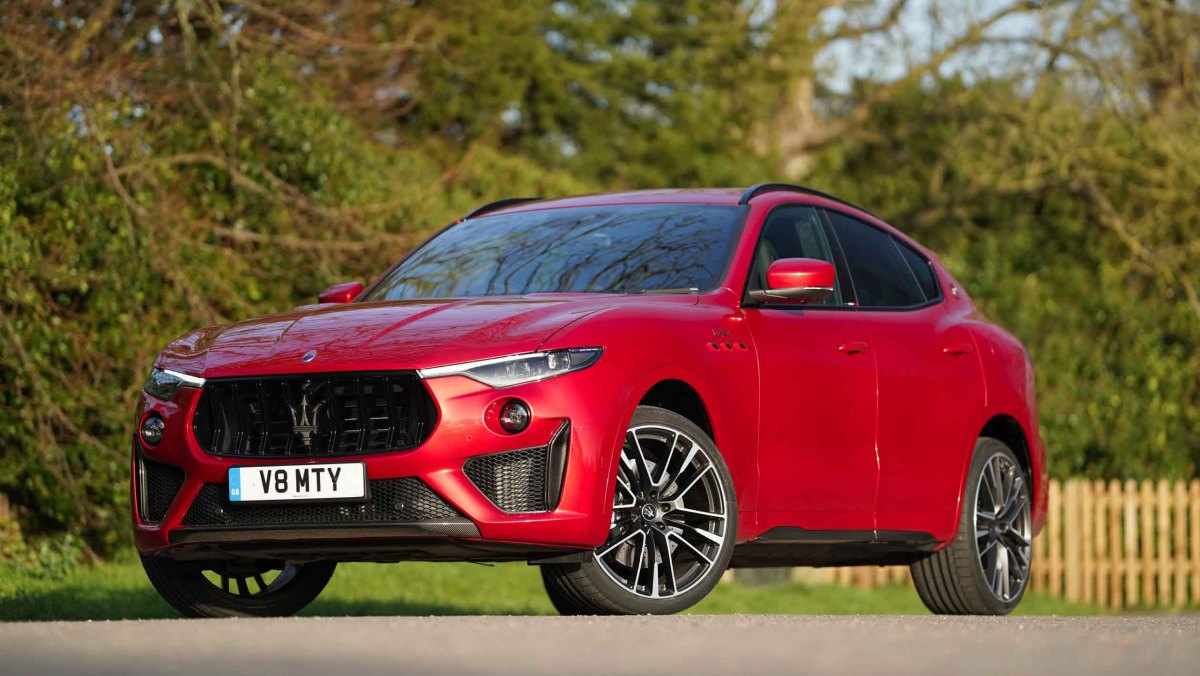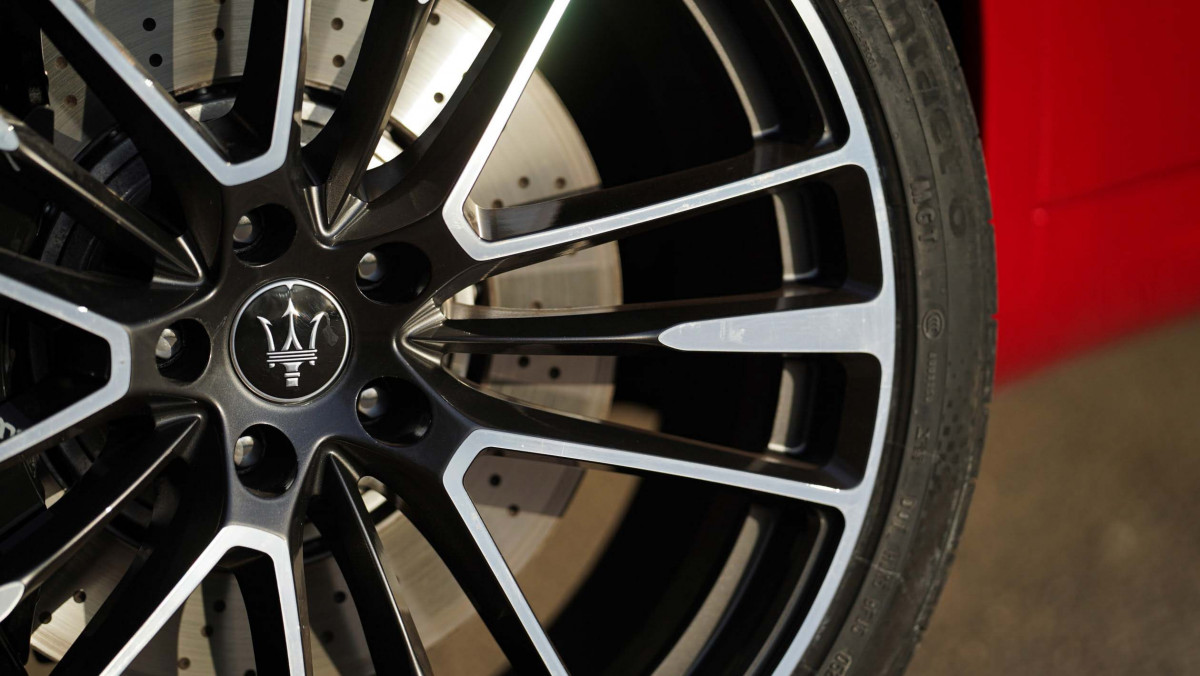Technically flawed in many ways, but if you’re going to go big with a fast SUV why not do it with a crackle-finish Italian V8 under the bonnet?
| Sublime engine, charismatic and distinctive | |
| Chassis feels archaic in comparison to more rounded rivals, expensive |
PRICE from $174,320
Once hailed as a financial saviour for the iconic Modenese institution, the Levante was meant to do for Maserati what the Cayenne did for Porsche, turning a niche sports car brand into a paragon of luxury and profitability. Unfortunately, things haven’t worked out quite so well for the SUV or its maker, and after countless relaunches the Levante has once again been refreshed, this time for the 2021 model year.
The Trofeo is the most interesting of the brood – a lucrative range-topper designed to appeal to the sort with Cayenne Turbos, Audi’s RSQ8s and Range Rover Sport SVRs on their shopping list. In the region first Levante Trofeo received in mid-2020, but it has since been given an update alongside new Trofeo versions of the Ghibli and Quattroporte saloons, all sharing new styling elements, a 572bhp twin-turbo V8 and heightened sales expectations.
> Click here for our review of the new Porsche Cayenne Coupe Turbo24
Engine, transmission and 0-100 time
Like most big performance SUVs, the Levante Trofeo is powered by a twin-turbo V8 engine. Lift the new vented bonnet, though, and you’re not greeted by an underwhelming plastic shroud or a bit of gratuitous carbonfibre, but a stunning red crackle-finish V8 on full display made by the prancing horse itself. The 3.8-litre twin-turbo unit is a development of the F154 unit found in the Ferrari Portofino and Roma, but fitted with a more traditional cross-plane crank, which in part gives the unit less power, but more torque.
Still, its 572bhp peak at 6250rpm is hardly a compromised figure, and is backed up by a strong 538lb ft of torque produced between 2250 and 5250rpm. These are sent through a ZF torque-converter eight-speed automatic to a rear-biased all-wheel-drive system, with the rear axle featuring its own electronically controlled limited-slip differential. Acceleration is impressive considering its 2170kg mass, the Trofeo reaching 100kph in 4.1sec, 160kph in 8.7sec and going on to an unlimited 300kph.
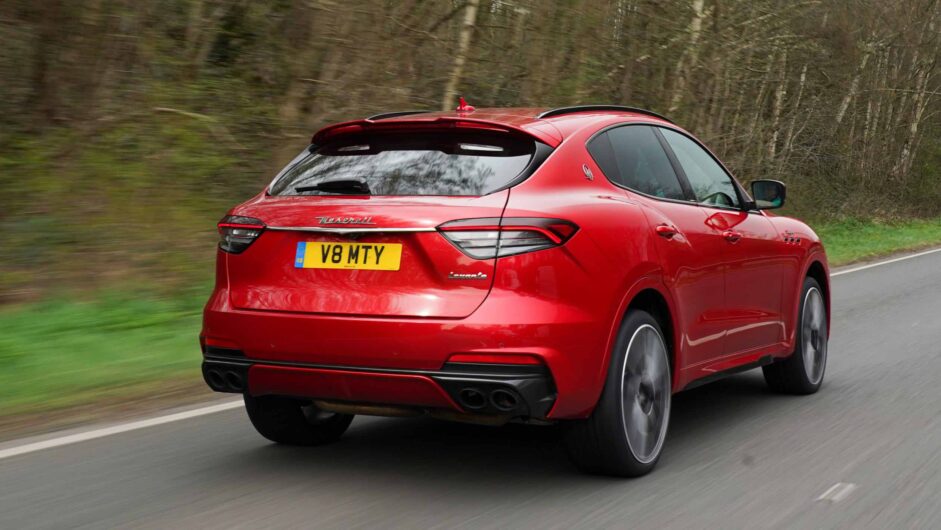
Technical highlights
The Levante’s structure is derived from the Ghibli and Quattroporte saloons, with a similar cab-rear proportion set defined by its engine sitting somewhere further back in the chassis as compared to rival BMWs and Audis. The suspension features double wishbones at the front and a multi-link design at the rear, with standard-fit air springs and adaptive ‘Skyhook’ dampers.
The Trofeo model doesn’t feature any bespoke hardware from its lesser siblings, but does have a new ‘Corsa’ driving mode which includes its own throttle mapping, rear differential and transmission calibrations, a firmer setting for the dampers, and a slightly heavier steering rack. Go looking for structural upgrades such as strut braces, shear plates or active anti-roll bars and you’ll also come back empty-handed.
Visually, the Trofeo is picked out with its red highlights around the badging and portholes, carbon trim on the bumpers and mirror caps, plus an interior that’s superbly finished, if getting a little dated for those who think an iPhone 11 is horribly old-fashioned. For the rest of us, its top-class materials and a physical dial pack are a nice contrast to the industry’s current obsession with digital driver displays.
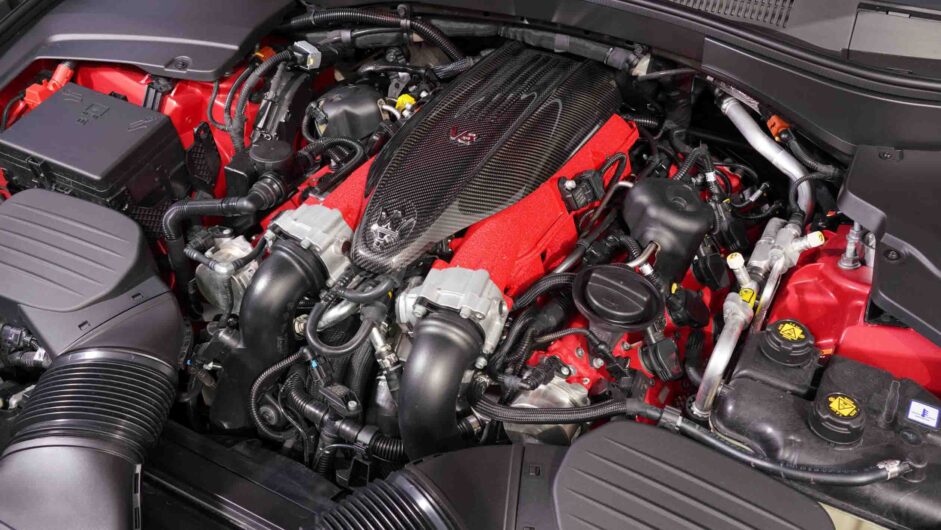
What’s it like to drive?
The Levante Trofeo is totally and utterly dominated by the crackle-red piece of art under the bonnet. It doesn’t matter the drive mode, cold start or hot, the V8 always erupts into life with a theatricality that’s different to that of its German rivals – more Puccini’s second act than Munich heavy metal.
Pull away and the Levante’s light steering feels fast and accurate, so while the throttle and transmission do leave a little something to be desired in terms of initial response it’s an easy car to pilot around at low speeds – with that cultured V8 constantly bubbling away somewhere in front of you.
The ride is firm, and while there is a certain level of pliancy from the air springs it does have a tendency to crash into sharper intrusions. It also loves to tramline and be pulled into ruts – plus there’s an almost hilarious amount of scrub from the front axle when on full lock. But as speeds rise the wheels seem to find equilibrium with the road surface, and while the Trofeo is never as delicate over bumps as a properly sorted performance saloon or estate, it’s actually quite impressive for a top-heavy SUV.
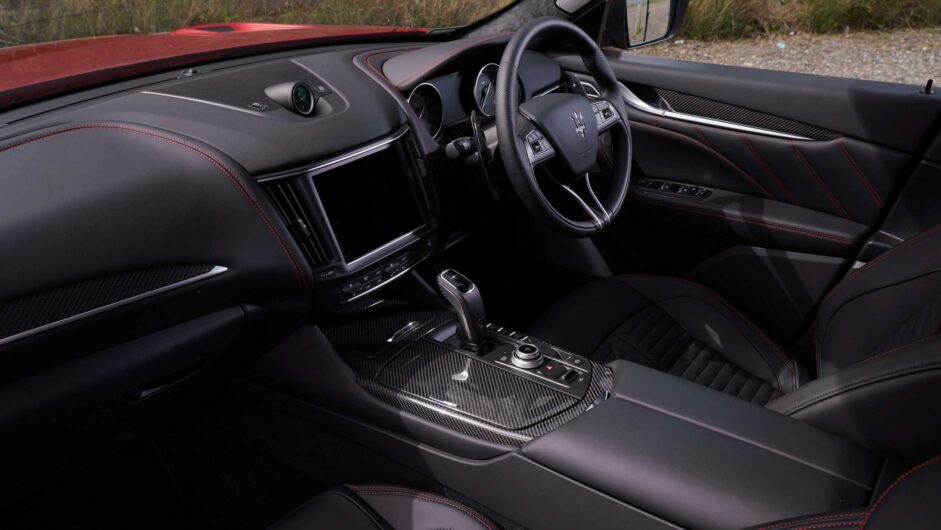
Push along the road at a decent lick and the body control stays tight, which is when the steering wakes up with extra weight and feel, allowing you to use the relatively fast ratio of the rack to load the chassis with a surprising amount of confidence. This is also when the engine starts to really come alive, its deep well of torque overriding the initial flatness, exaggerated by the long travel pedal response, and revealing an inherent aggression it has reserved for the upper reaches of its operating window. It really is a superb engine, never left wanting when in the mid-range and more than happy to rev right up to its 7100rpm red line.
The transmission is also now at its most impressive, shifting up and down ratios via column-mounted paddles with real flamboyance, and with a crispness and responsiveness that most rivals can’t match.
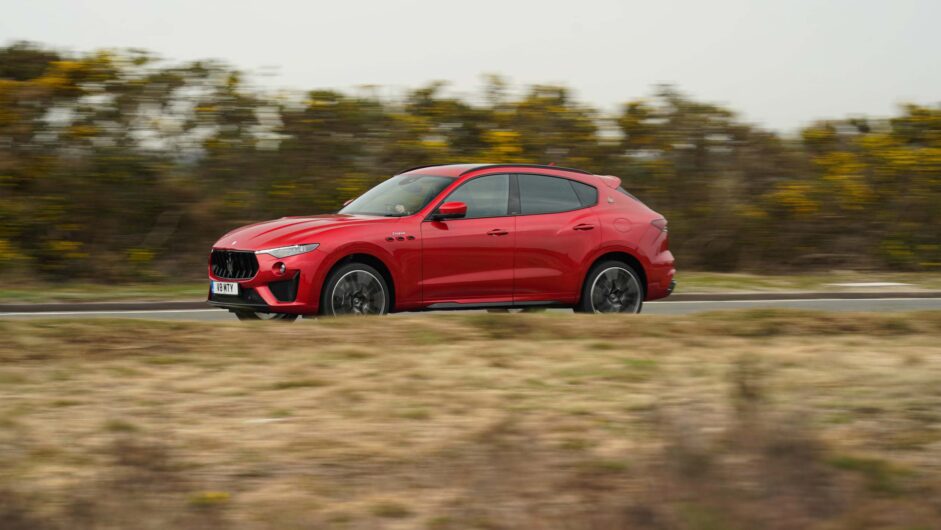
Start to really exercise the powertrain, though, and the Levante’s structure starts to groan under the forces at play. Despite its saloon-based underpinnings, the structure lacks the outright stiffness across both axles to properly handle so much grunt. The steering rack’s usually crisp responses start to blur and feedback turns into noise as the rack shudders over bumps. The rear axle isn’t any more secure, and while traction isn’t so much an issue, any slip at the rear end that does manifest itself feels uncouth.
The brakes also lack power, with a pedal that’s both too soft and not particularly reassuring. It’s frustrating, because the powertrain is so enthusiastic you’re constantly left wanting to get on the throttle, yet with the knowledge that if there’s any bumps or corners on the road ahead, it’s best to just cool things down and gently sail through them. The key ingredients are there, but the vessel they sit within just can’t take the heat, and that’s a real shame.
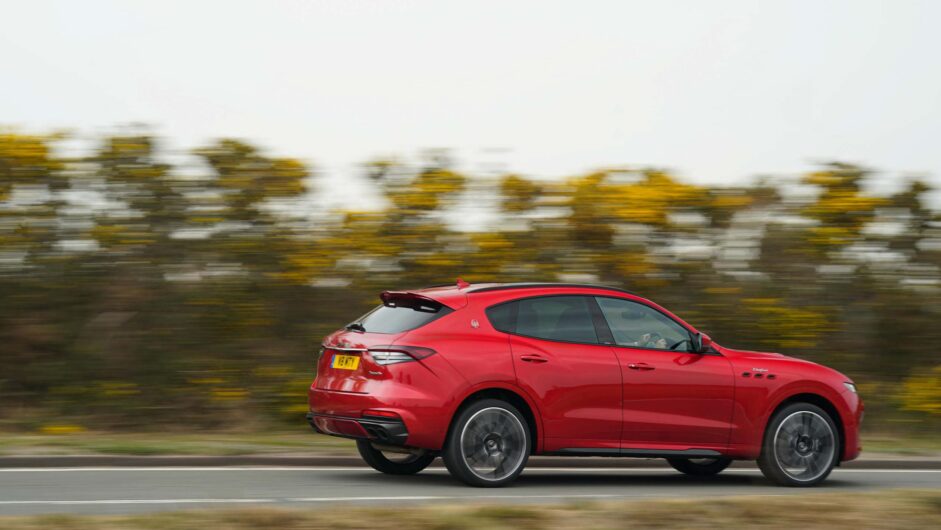
Prices and rivals
At $175,000 the Trofeo is an expensive exercise, especially when you take into account interior accommodation is more Macan in size than Cayenne. It’s got all the basic features you would expect, but it’ll never match a top-level Cayenne Turbo or Audi RSQ8 for toys, although it does fight back with waxy leathers and a sense of occasion that does have a positive impact on the overall package. It is worth mentioning the lovely Rosso Magma hue of our test car is a $20,800 option, mind.
While it’s difficult to recommend any performance SUV, if interior space isn’t a priority you could do a lot worse than a Levante Trofeo. It’s certainly not a discerning purchase – these sorts of cars are never the sensible choice – but if you’re going to enjoy a V8 bolted to the front of a guzzling SUV while you still can, why not make it an Italian one?
This article originally appeared at evo.co.uk
Copyright © evo UK, Dennis Publishing

